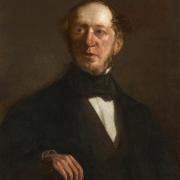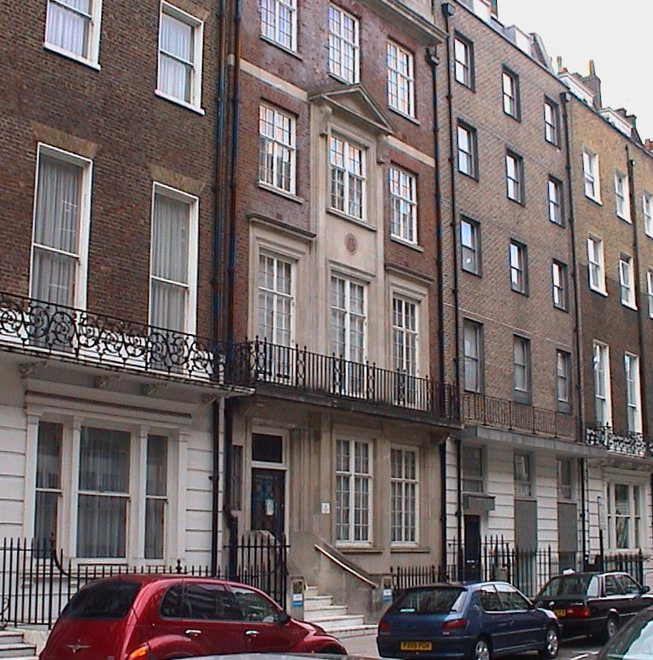ENG 5304 Bibliography and Research Methods Dashboard
Description
Dear Bibliography and Research Methods Colleagues,
We will use the timeline and map associated with this class group to post entries related to the rare item(s) that you find at the Armstrong Browning Library (building on our session on Oct. 22) and one time and place related to your seminar paper. Please post one entry each to the following: the timeline for your rare item(s), the map for your rare item(s), the timeline for your papers, and the map for your papers. Please be sure to consult the guidelines on Canvas.
The purpose of this exercise is threefold:
First, it will help you become accustomed to searching rare archives, and, at the same time, expose you to the surprisingly wide-ranging and relevant archives at the Armstrong Browning Library.
Second, it will help you learn about and practice using COVE to visualize your findings in time and space. COVE is a dynamic example of the way new tools in the digital humanities are transforming both teaching and research. Since COVE is relatively affordable to use, you might consider adapting it for activities and projects in your own future classes, as I have done in many of mine. I would be happy to talk with you further about this process.
Third, this project will enable us to visualize your research in your seminar papers. Since for this class on research and scholarly professionalization you are working on a wide array of topics particular to your interests, it can be hard to "see" connections between your various areas of research. The timeline and map will enable us to visualize in time and geography the scholarly investigations you have pursued over the semester.
Have fun!
Dr. King
Galleries, Timelines, and Maps
Use this practice map to practice making entries and getting used to the tool.
Use this timeline to practice making entries and getting used to the features of this tool.
Please use this map to post entries related to your seminar papers.
Please use this map to post entries related to ABL rare items.
Please use this timeline to post entries related to your seminar papers.
Please use this timeline for entries related to rare items at the ABL.
Individual Entries

44 Dover Street, Piccadilly
Elizabeth Barrett Browning's British publisher of her 1844 Poems, Edward Moxon, was a very popular literary publisher and friend of the Brownings. Along with the Brownings, he published such authors as Charles Lamb, William Wordsworth, Alfred Tennyson, and Percy Bysshe Shelley. In a letter to Mary Russell Mitford, Elizabeth Barrett Browning excitedly tells her friend that Moxon is going to send a copy of the two-volume set of poetry to Tennyson. The networks EBB made through her publishers, American and British, show just how connected the literary scene and writers of the Victorian era were.
Elizabeth Barrett Browning's American publisher was the United States Magazine and Democratic Review, located in Washington, D.C. The journal published political propaganda as well as literature. The magazine published writings from American literary figures such as Walt Whitman, Nathaniel Hawthorne, Edgar Allan Poe, Ralph Waldo Emerson, and many others. In the preface to the American edition she writes, "My love and admiration have belonged to the great American people, as long as I have felt proud of being an Englishwoman, and almost as long as I have loved poetry itself."
Elizabeth Barret Browning's family relocated to the Hope End Estate in Herefordshire in 1809. She would have been three years old. They would have been living here when Elizabeth's father gifted the twenty-volume Shakespeare to Elizabeth's aunt, Arabella. The family remained at Hope End until 1832, when a slave rebellion on the family's plantation in Jamaica strained the family's finances and forced them to relocate to Sidmouth in Devonshire.

Elizabeth Barrett Browning would have received this letter from her cousin John Kenyon at her flat in 50 Wimpole Street, London. She lived here between the years of 1838 and 1846, experiencing such events as mourning the death of her favorite brother, the success of her 1844 Poems (which included A Drama of Exile), and the beginning of her courtship with Robert Browning. She ended her time at Wimpole Street by eloping to Italy with Robert Browning. The picture included is not the original house that EBB lived in, but there is a commemorative plaque that hangs on the new house today. EBB would have sent and received many letters from this address, and the Armstrong Browning Library holds...
moreCALL NUMBERS: 291.37 B358L V.1 AND 291.37 B358L V.2, LOCATION: ARMSTRONG BROWNING LIBRARY STOKES SHAKESPEARE COLLECTION
The Lost Language of Symbolism: An Investigation into the Origin of Certain Letters, Words, Names, Fairy-Tales, Folklore, and Mythologies was published in 1912. While not much is known about Harold Bayley, the author of this text, a letter sent around the time of the book's publication indicates his place of residence (at least, temporarily) was 20 Alexandra Court, 171, Queen's Gate, S.W, an upscale townhouse area near Kensington Gardens. This would place him close to his publishers, Williams and Norgate, who were also based in London. However, it is unknown where the recipient of the letter resided, since while the note itself is folded inside a copy of the book, the envelope is not included.
...
more